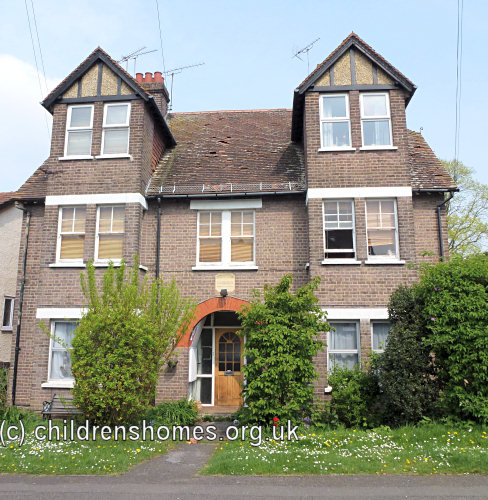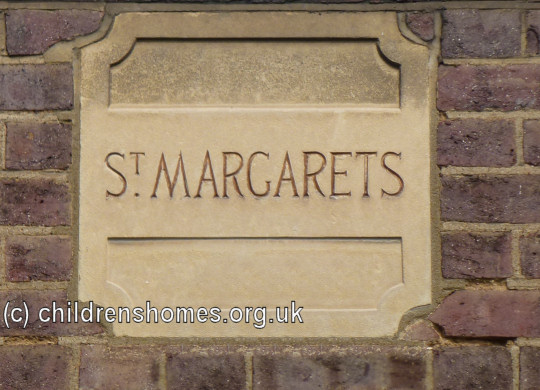St Margaret's Home for Girls, Harpenden, Hertfordshire
The St Margaret's Home for for Friendless Little Girls was found by Miss Alice May Croft in 1904 at Harpenden and was run under the auspices of the Holy Family Homes, a Society of Anglo-Catholics. The Society aimed to extend to children 'the advantages of a real home life'.
The home was initially located at Willoughby Road, Harpenden. On 10th April, 1906, it obtained the status of a Certified School, allowing it to receive children boarded out by the workhouse authorities. Its certificate was withdrawn, however, on 22nd November, 1906.
In around 1911, the home transferred to premises at Cross Way, Harpenden, where there was accommodation for up to 24 girls, aged 4 to 16 years.

Former St Margaret's Home for Girls, Harpenden, 2014. © Peter Higginbotham

Former St Margaret's Home for Girls, Harpenden, 2014. © Peter Higginbotham
The girls attended a school on Church Green, which they walked to twice a day, dressed in red cloaks. The older girls also worked in the home's laundry which took in washing from the neighbourhood — as well as providing useful training for future employment, the income boosted the home's finances.
In the 1930s, the home was taken over by the county council for the children previously housed in the former St Alban's Union home on Luton Road. After the home closed, the inmates were transferred to Field House, a council-run home on Townsend Road.
The Crossway Avenue house was converted into flats but was demolished in 2017 and replaced by a new apartment building.
Records
Note: many repositories impose a closure period of up to 100 years for records identifying individuals. Before travelling a long distance, always check that the records you want to consult will be available.
- Certified Schools were run by a wide range of groups and individuals and have no central records. However, relevant information may survive in the records of the Poor Law Union that placed each child at a particular establishment. The best place to start is the union covering the area where the child previously resided, although children were sometimes sent further afield.
Bibliography
- Certified Schools page on this website.
Links
Except where indicated, this page () © Peter Higginbotham. Contents may not be reproduced without permission.


